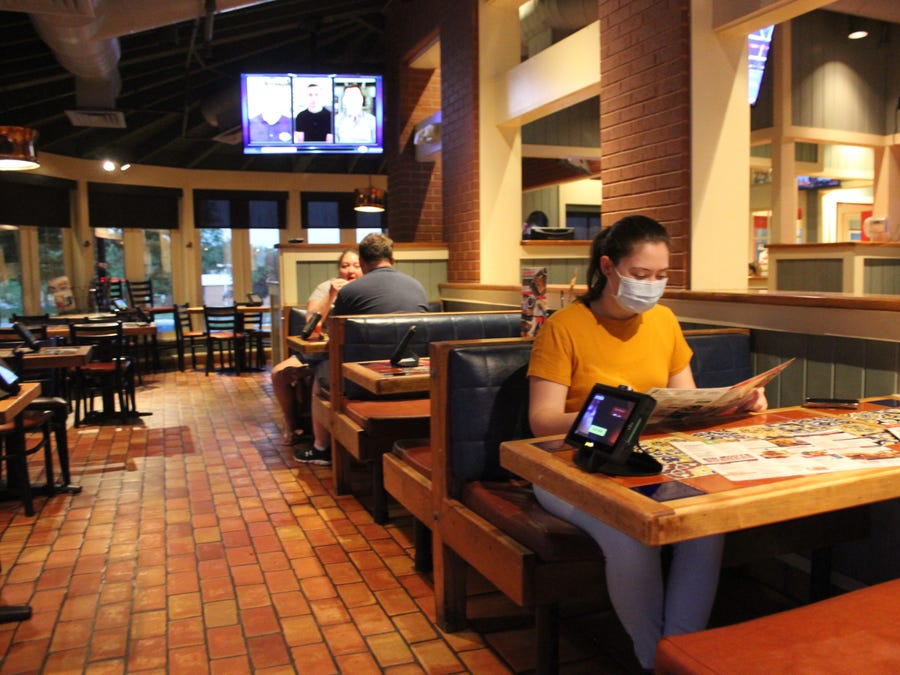
On March 13, 2020, the Trump Administration announced a “shelter in place” order that most of us clearly remember. Restaurants with seating areas were closed, and only supermarkets (and home improvement stores) were considered essential retailers. Do-it-yourself haircuts (or not cutting your hair at all) became the rage.
That same month, March 2020, we wrote the pandemic would last only six months but posted in May that we were clearly wrong in our forecasting. We would like to reflect on what has happened in the last year and what changes have occurred in the greater industry, as well as those components directly related to the foodservice industry.
Masks Are (Almost) Clothing
When the pandemic first occurred, there was an uproar in terms of wearing a mask. Consumers claimed they were hard to breath in, caused a rash and/or were generally not really needed. Today, if a restaurant has seating capacity of 25%, we are accustomed to walking in with a mask (in the case of my family, all five of us) and being seated exactly six feet from the next table. It is then, and only then, patrons have the choice to wear a mask or remove it while dining.
Supply Chain Alternatives
The restaurants and foodservice establishments (such as colleges and hospitals) that were able to stay open learned quickly that 2-3 days delivery was a pipe dream. Not only were disposable packaged goods, proteins and equipment delayed, they were flat-out not available anymore. What did operators do? They turned to online ordering from a variety of e-commerce platforms. The advantage is now operators are more technically savvy at selecting products that may not be shared by their DSR.
Mobile Device Ordering and Delivery
Prior to Covid-19, ordering from the likes of Doordash and UberEats was considered a luxury. Few patrons (outside of Gen Z) saw the economic advantage of purchasing McDonald’s from a mobile device for delivery, when the service fee nearly matched the price of the combo meal. Curbside and pick-up order through an app kept many restaurants afloat, but QSRs were in a more favorable position with drive-thru.
Pop-Ups and Catering
Full-service restaurants – of which 80 percent are independent – were hit the hardest by the pandemic. With stay-at-home orders and dining-area restrictions, the segment had to find ways to evolve very quickly. Recently, our school district partnered with a struggling restaurant that closed its dining area after nearly 30 years in business. Terming it “No Cook Wednesday,” parents could place orders the day before and pick up the food from the school at a given time. These are the creative ways restaurants have learned how to survive the pandemic.
Retail Prepared Foods
Deemed an “essential business,” supermarkets and club stores continue to be used by shoppers for retail and perimeter purchases. While the in-store “self-serve” salad and hot bars now hold everything from bulk bottled water cases to packaged baked goods, ready-to-eat and ready-to-bake dinners from Costco and Sam’s Club continue to flourish. The pandemic brought large numbers of non-users into the fold for both convenience and quality reasons.
An Industry on the Rebound
It still baffles us that it has now been one year since the nation’s restaurants were ordered closed or were handed a curfew. While the year has been trying for the foodservice industry, the adage “things could always be worse” has never been more true. An embattled industry is still hanging around, and it appears that the skies are clearing in 2021.
If you are looking for a fresh strategy, please see our services for Covid-19 planning.
Like the content? Sign up to receive our communications.

Recent Comments